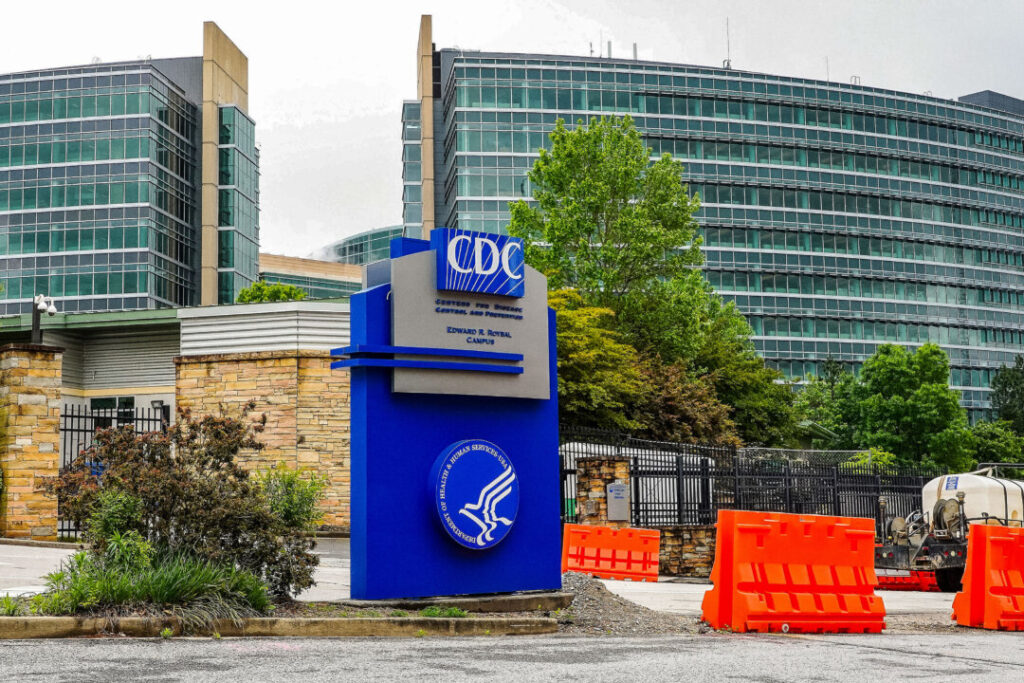Symptoms usually begin four to ten days after being bitten by an infected mosquito, health officials say.
The agency urged healthcare providers, state and local health agencies, and the public to take steps to detect and prevent dengue fever.
Transmissions remain high in North and South America, including Puerto Rico and the US Virgin Islands, including Puerto Rico and the territories of the US, according to the CDC.
“Spring and summer travel coincides with the peak season of dengue fever in many countries, increasing the risk of both travel-related cases and locally acquired cases,” the CDC said with caution.
The World Health Organization says that about half of the world’s population is at risk of getting sick, with 100 million to 400 million infectious diseases each year. Symptoms include fever, severe headaches, and muscle and joint pain. There are no widely available medications to treat dengue infections.
“The global incidence of dengue in 2024 is the highest on record for this calendar year. Many countries report higher than usual dengue cases,” the CDC said in its June 2024 recommendation.
These include muscles, bones, or joint pain. Vomiting; nausea; pain behind the eyes; swollen glands; and rash. In some cases, symptoms can be life-threatening, known as “severe dengue fever,” dengue hemorrhagic fever, or dengue shock syndrome, the clinic says on its website.
Serious symptoms can often occur after the fever has subsided and can include persistent vomiting, abdominal pain, fatigue, rapid breathing, bleeding gums or nose, blood in the blood, restlessness, thirst, pale skin, cold skin, and weakness.
The Associated Press contributed to this report.



